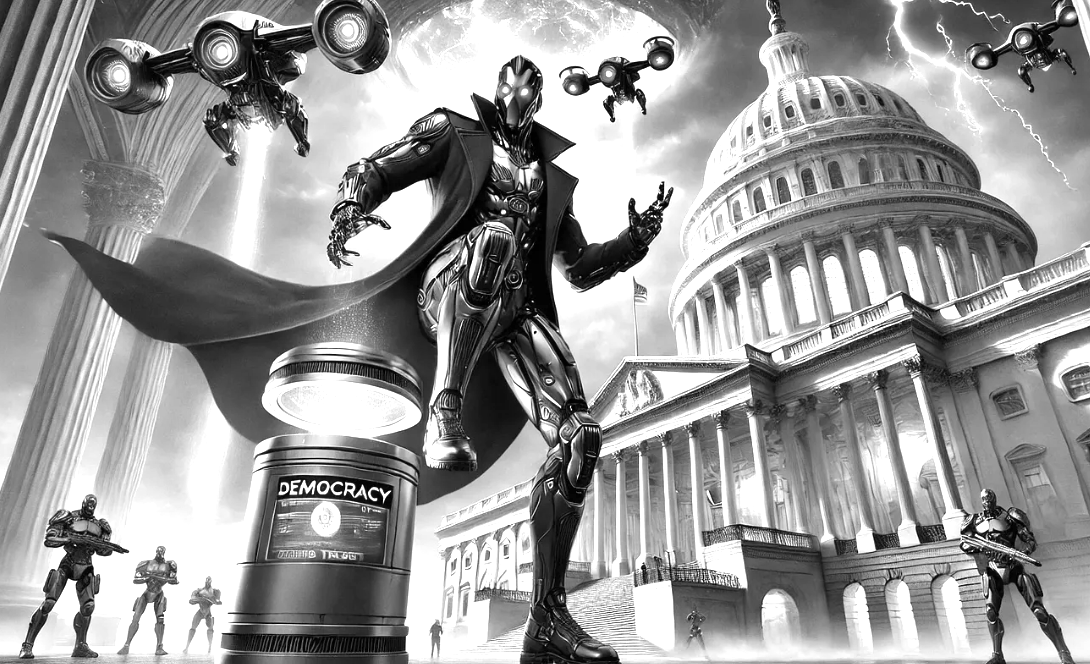Content:

How to End the Smash-and-Grab
The Ticket
02/14/2025
The problem isn’t really polarization or partisanship – these are normal attributes of a pluralist society. It’s the hyper-partisan, hyper-polarized loop that our nationalized two-party system has become. What’s abnormal are our electoral rules – most centrally the archaic preference for single-member districts – that put a heavy thumb on the scale in favor of a two-party system. With those as the default setting, leaders of both parties can’t help themselves from cementing their dominance by setting up all sorts of barriers to a more proportionate system. At this point it’s clear that these major party leaders will do so even at the cost of discrediting this glorious if imperfect experiment in government of, by, for the people.
Consider, first, the Republicans. In the nation as a whole, polls suggest that MAGA enjoys the support of perhaps 30%1 of the total voting public. In countries more advanced than our own, this would translate into about 30% of the seats in a national legislature. Not here. That 30% is an overwhelming majority of the GOP primary vote,2 and that translates into 100% control of the GOP. How long the current dominance of the MAGA faction will last is unknown: right now it looks like it could be a good while despite the contradictions in the GOP coalition.
On to the Democrats. They have a different problem, but it too is related to the logic of the two-party system. No one faction dominates the Democratic party. This often means the Democrats struggle to speak with one voice, or offer platitudes so as not to offend anyone. They may be divided3 and even unhappy, but the logic of the two-party system means they feel little pressure to come up with a fresh approach.4 In other words, they are trying to be too many things to too many people (as some have said, the party has become too big). In a multiparty system, they would be one of several opposition parties – no doubt the biggest one – and the competition between them would enable more pathways for new leaders with new ideas to emerge.
Overall, it’s perverse. The two-party system makes it easier for a well-organized faction to gain uninhibited power if it can take over one of the major parties, a task made easier if the party is itself relatively homogenous. And when a party is as heterogeneous as the Democrats, internal division between various factions can make it much harder for it to innovate and broaden its appeal.